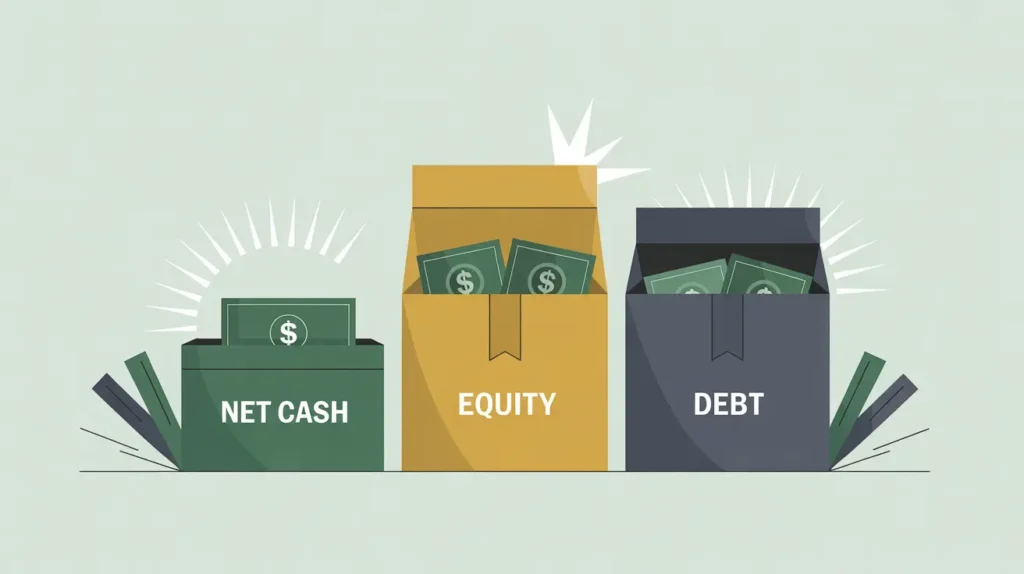Importance of Purchases of Investments
Purchases of investments signal how a nonprofit is allocating resources for long-term sustainability and growth. These outflows reflect the organization’s decision to place cash into financial instruments such as stocks, bonds, or mutual funds, often as part of endowments, reserves, or strategic funds. For nonprofits in social innovation and international development, investment purchases matter because they demonstrate a forward-looking approach to resource management, ensuring that funds are not only used for immediate program delivery but also safeguarded for future impact. Donors, boards, and regulators often see such purchases as evidence of maturity and strong financial stewardship.
Definition and Features
Purchases of investments are defined as cash outflows used to acquire financial instruments expected to generate income or preserve value over time. These may include equities, fixed income securities, mutual funds, or impact investments aligned with the organization’s mission. Purchases are recorded in the investing section of the Statement of Cash Flows, as they represent shifts in asset allocation rather than operational spending. They differ from operating expenses, which fund day-to-day program activities, and from PP&E purchases, which build tangible infrastructure. While these transactions reduce cash in the short term, they aim to generate returns or preserve resources in the long term.
How This Works in Practice
In practice, nonprofits make investment purchases as part of board-approved policies that balance liquidity, risk, and mission alignment. For example, an organization might transfer $2 million of unrestricted cash into a diversified investment portfolio to generate steady income for programs. Finance teams track these purchases, record them at cost, and subsequently monitor fair value changes. In some cases, nonprofits pursue socially responsible investing (SRI) or environmental, social, and governance (ESG) criteria, aligning portfolios with organizational values. Boards or investment committees often review purchase decisions to ensure compliance with policy and donor restrictions, particularly when endowment funds are involved.
Implications for Social Innovation
For nonprofits in social innovation and international development, purchases of investments highlight the balance between meeting immediate needs and building long-term resilience. Strategic investment of reserves can create new income streams, support innovation, and stabilize organizations during donor funding cycles. However, excessive allocation to investments without maintaining adequate liquidity can hinder responsiveness in volatile environments. Transparent reporting reduces information asymmetry by clarifying how much cash has been directed into long-term instruments and how these align with the mission. By communicating investment strategies clearly, nonprofits can demonstrate foresight, reinforce credibility with stakeholders, and position themselves as financially resilient actors capable of sustaining systemic social change.







